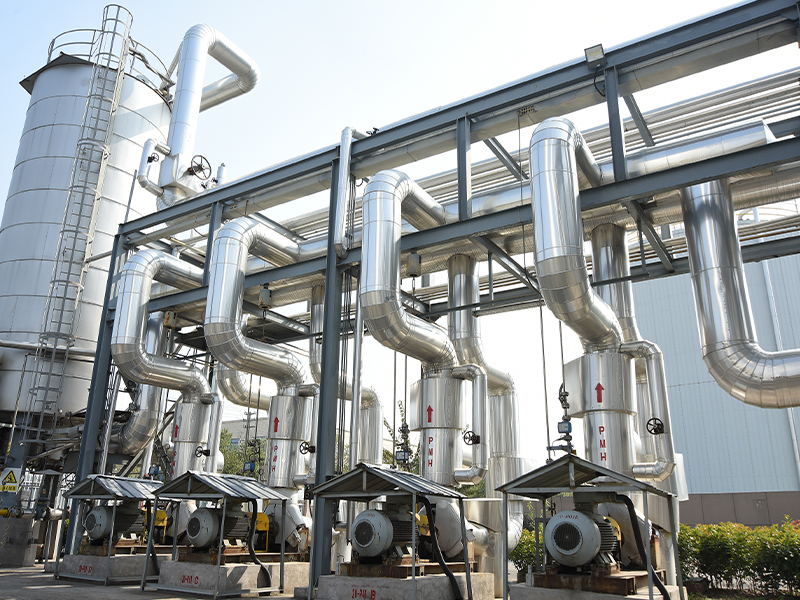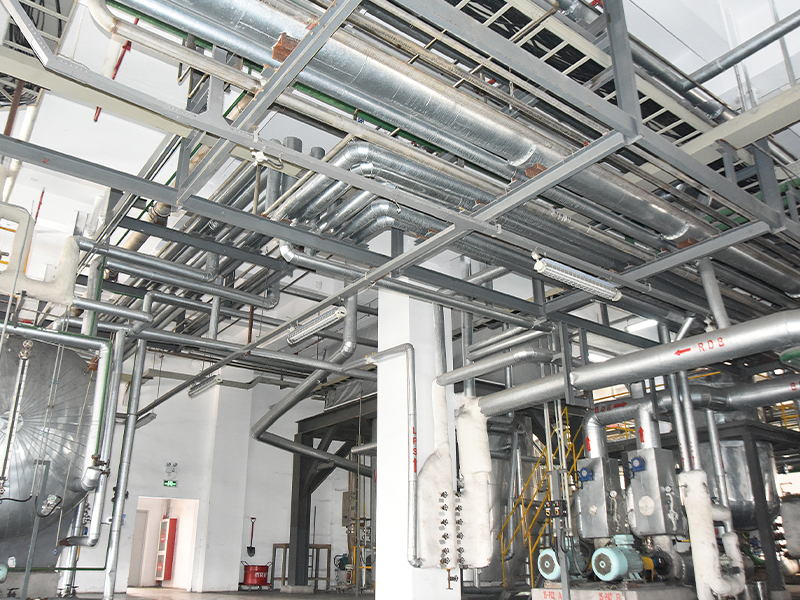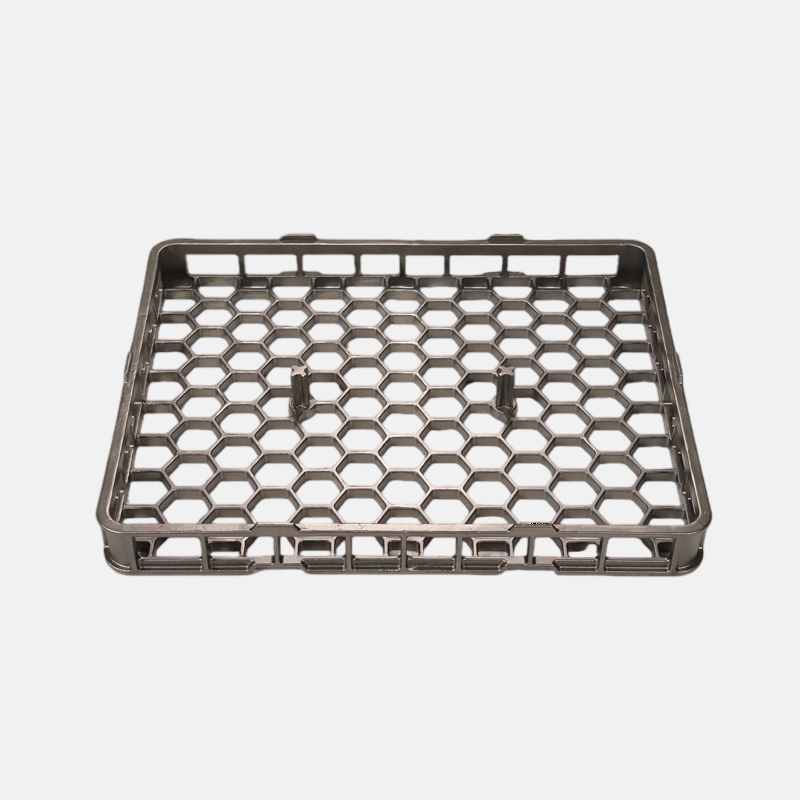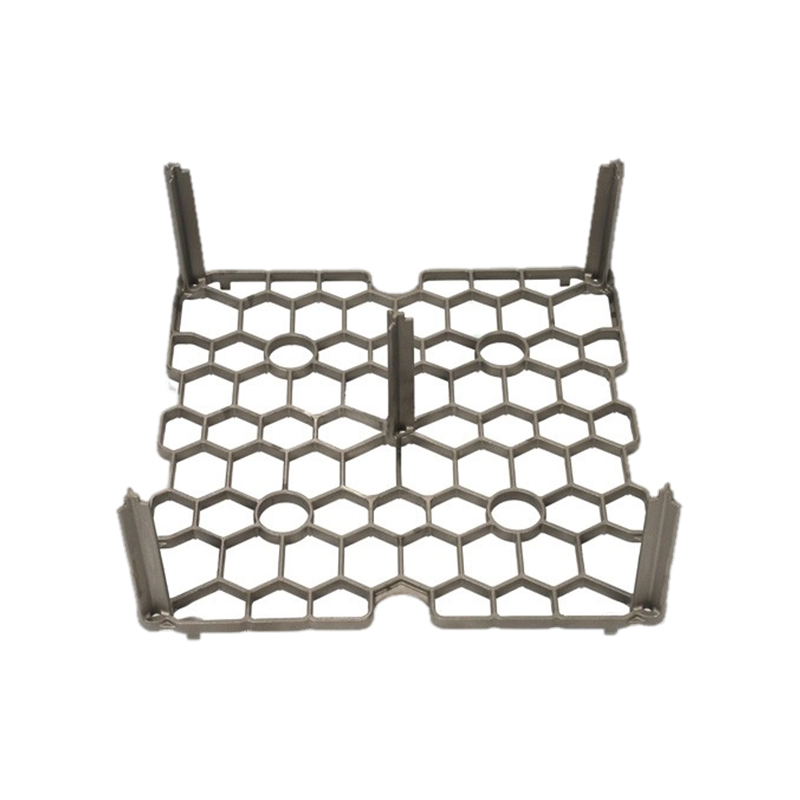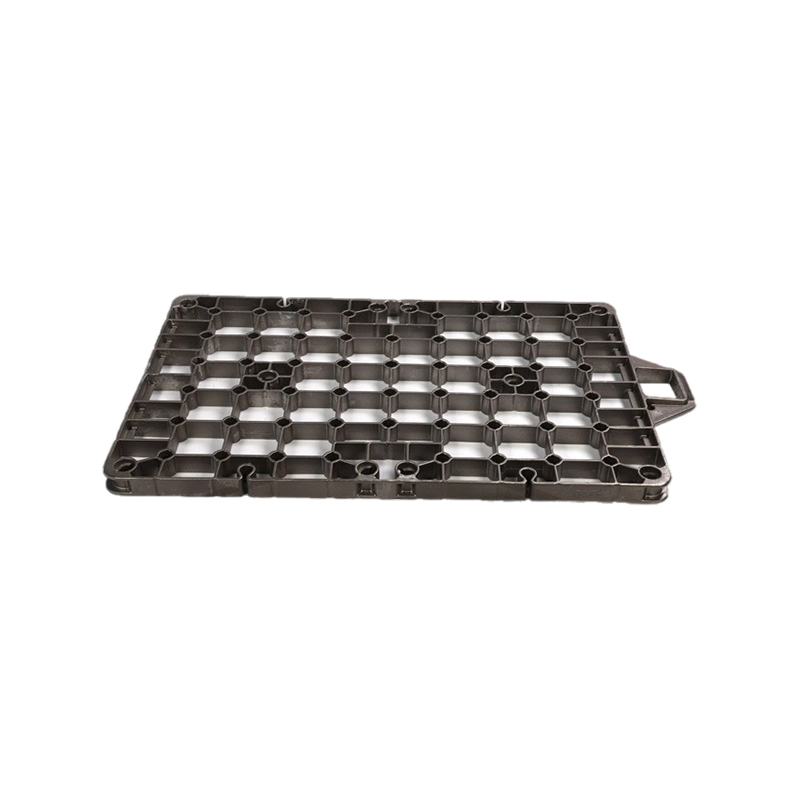To assess its precision, one must first understand the process. Lost Foam Casting involves creating a pattern from expanded polystyrene (EPS) or copolymer foam, which is an exact replica of the desired part. This pattern is coated with a refractory ceramic slurry to form a permeable coating and is then placed in a flask surrounded by unbonded sand. Molten metal is poured into the mold, vaporizing the foam pattern and precisely replacing the void space, thus capturing every detail of the original pattern.
Key Factors Influencing Dimensional Precision
The precision of Lost Foam Casting is governed by several critical factors:
-
Pattern Quality and Accuracy: The dimensional accuracy of the final casting is fundamentally limited by the precision of the foam pattern. Patterns are typically molded in aluminum dies using steam. The quality of these dies, the foam bead size, and the steam molding cycle are paramount. A high-quality pattern with minimal bead fusion lines and precise dimensions is the first prerequisite for a precise casting.
-
Pattern Assembly and Coating: Complex parts are assembled by gluing multiple foam sections together. The type of glue and the skill applied during assembly affect dimensional integrity. Subsequently, the application of the ceramic coating is crucial. The coating must be uniform in thickness to prevent dimensional shifts. Too thick a coating can cause metal penetration, while too thin can lead to mold wall collapse.
-
Pattern Expansion and Deformation: A significant consideration is the natural expansion and contraction of the foam pattern itself. The pattern can expand due to heat from the coating process or from the surrounding sand. Conversely, it can shrink over time. Modern foundries use aged, stabilized patterns and process controls to anticipate and compensate for these dimensional changes, often building specific allowances into the pattern tooling.
-
Pouring Parameters and Metallurgy: The rate of pour and the temperature of the molten metal are tightly controlled. A pour that is too rapid can cause turbulence or erosion of the coating, while metal that is too hot can cause excessive pattern degradation and gas evolution, potentially distorting the mold cavity before it is filled.
Quantifying the Precision: Tolerances and Surface Finish
When all process variables are well-managed, Lost Foam Casting is capable of holding impressive dimensional tolerances. It is common to achieve linear dimensional tolerances of ±0.005 inches per inch (±0.127 mm per 25.4 mm). For a 10-inch part, this translates to a tolerance of ±0.050 inches. In many cases, closer tolerances can be held on critical dimensions through process refinement.
Regarding surface finish, Lost Foam Casting typically produces a finish in the range of 125 to 250 microinches (3.2 to 6.3 micrometers) Ra. The finish is directly influenced by the foam bead size; smaller beads produce a smoother casting surface. This often eliminates or significantly reduces the need for secondary machining operations.
Comparative Advantages and Inherent Limitations
The precision of Lost Foam Casting offers distinct advantages over some traditional methods:
-
Complexity Without Cores: It allows for incredibly complex internal passages and geometries that would require intricate and costly core assemblies in sand casting. This eliminates core shift, a major variable affecting dimensional accuracy in conventional foundry processes.
-
Consolidation of Parts: Multiple components can be cast as a single unit, eliminating assembly joints and improving overall dimensional consistency.
However, the process has inherent limitations. It is generally less precise than investment casting for very small, highly detailed parts requiring ultra-tight tolerances. Furthermore, the initial cost of pattern tooling can be high, making it more suited for medium to high-volume production runs where the per-unit cost benefit is realized.
The precision of Lost Foam Casting is not absolute but is a direct function of meticulous process control. It is a highly capable process for producing dimensionally accurate, complex castings with excellent surface quality. Its precision makes it a preferred choice for industries such as automotive, pump and valve, and heavy machinery for components like engine blocks, cylinder heads, and manifolds. Achieving this precision requires a deep understanding of the interplay between foam behavior, coating technology, and metallurgical factors, underscoring its status as a sophisticated and valuable modern casting technique.
 English
English русский
русский Español
Español عربى
عربى
